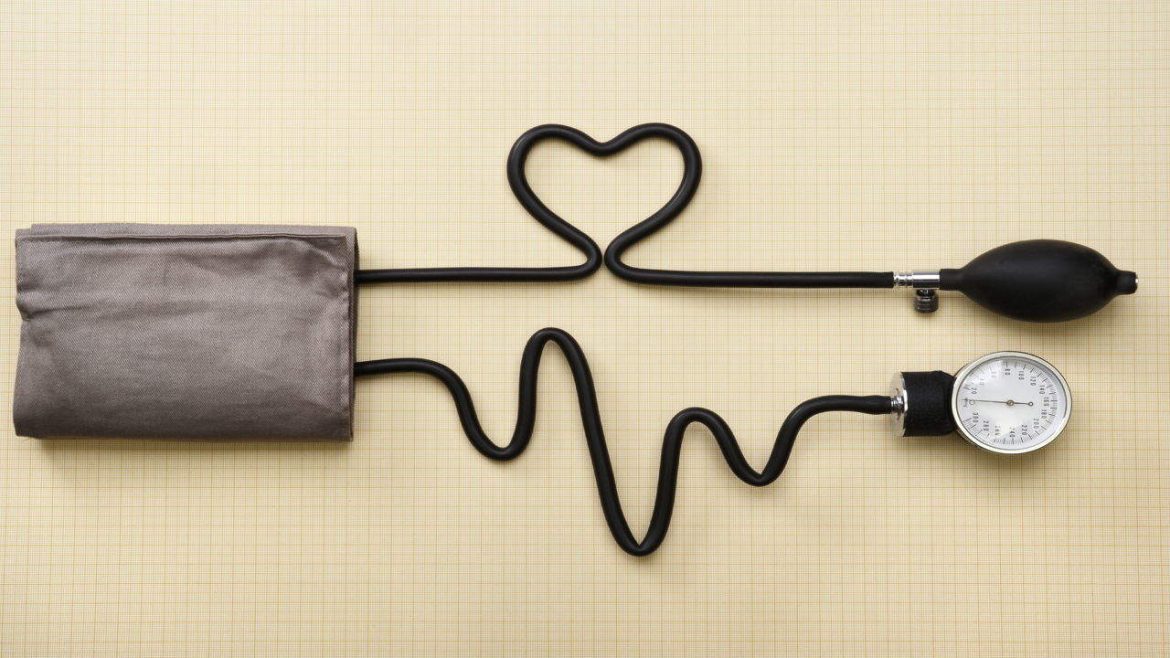Blood pressure is a critical indicator of cardiovascular health, reflecting the force of blood against the walls of arteries as the heart pumps it throughout the body. It’s natural for blood pressure to vary throughout the day due to factors like physical activity, stress, and sleep. However, understanding the acceptable range of these fluctuations is essential for maintaining optimal health and identifying potential issues early.
The Basics of Blood Pressure
Blood pressure readings consist of two numbers: systolic and diastolic pressure. The systolic pressure (the higher number) measures the force your heart exerts on the walls of your arteries each time it beats. The diastolic pressure (the lower number) measures the force your heart exerts on the walls of your arteries in between beats.
A normal blood pressure reading is typically around 120/80 mm Hg. However, individual variations are common, and what is considered normal can differ based on age, gender, and overall health.
SEE ALSO: How Much Does Blood Pressure Go Down with Weight Loss
Factors Influencing Blood Pressure Fluctuations
Blood pressure is not a static measure and can change due to various factors. These fluctuations are generally normal and expected. Some of the key factors include:
Circadian Rhythms:
Blood pressure follows a daily pattern, typically peaking in the mid-morning and dropping to its lowest levels during sleep.
This cycle is known as the circadian rhythm.
Physical Activity:
Exercise can cause a temporary rise in blood pressure. Regular physical activity, however, is beneficial for overall cardiovascular health and can help lower resting blood pressure over time.
Stress and Emotions:
Stress, anxiety, and emotional responses can lead to temporary increases in blood pressure. Chronic stress can contribute to long-term increases.
Diet:
Consuming salty foods, caffeine, or alcohol can cause temporary spikes in blood pressure. Maintaining a balanced diet rich in fruits, vegetables, and whole grains supports healthy blood pressure levels.
Medications:
Some medications, such as decongestants and anti-inflammatory drugs, can raise blood pressure. Conversely, antihypertensive medications are designed to lower it.
Health Conditions:
Conditions such as diabetes, kidney disease, and hormonal disorders can affect blood pressure regulation.
Normal Blood Pressure Variability
Short-Term Fluctuations:
In healthy individuals, blood pressure can vary by 10-20 mm Hg throughout the day. These short-term fluctuations are generally harmless and reflect the body’s response to different stimuli and activities.
Long-Term Variability:
Over weeks or months, blood pressure should remain relatively stable.
Consistent readings above 120/80 mm Hg may indicate the need for lifestyle changes or medical intervention.
SEE ALSO: How to Cure Blood Pressure Permanently
When Fluctuations Indicate A Problem
While some fluctuation in blood pressure is normal, excessive or persistent variability can be a cause for concern.
Conditions that may cause abnormal blood pressure fluctuations include:
Hypertension (High Blood Pressure):
Consistently high blood pressure readings (140/90 mm Hg or higher) indicate hypertension, which increases the risk of heart disease, stroke, and other health problems.
Hypotension (Low Blood Pressure):
Blood pressure readings consistently below 90/60 mm Hg can indicate hypotension, which may cause dizziness, fainting, and other symptoms, especially if it drops suddenly.
Orthostatic Hypotension:
This condition involves a sudden drop in blood pressure upon standing up, leading to dizziness or lightheadedness. It’s often a sign of underlying health issues or medication side effects.
White Coat Hypertension:
Some individuals experience elevated blood pressure in a clinical setting due to anxiety, which can lead to misleadingly high readings.
Masked Hypertension:
Opposite to white coat hypertension, this condition involves normal blood pressure readings in a clinical setting but elevated levels in daily life, often due to stress or lifestyle factors.
Monitoring Blood Pressure
Regular monitoring is crucial for understanding blood pressure patterns and identifying potential issues early. Home blood pressure monitors are widely available and can provide valuable insights between doctor visits.
Best Practices for Accurate Measurement:
Use a validated blood pressure monitor.
Measure at the same time each day.
Sit quietly for five minutes before measuring.
Take multiple readings and average them.
Record readings in a log to share with your healthcare provider.
Managing Blood Pressure Fluctuations
Lifestyle Modifications:
Diet: Adopt a heart-healthy diet rich in fruits, vegetables, whole grains, and lean proteins. Limit salt, caffeine, and alcohol intake.
Exercise: Engage in regular physical activity, such as walking, swimming, or cycling, for at least 150 minutes per week.
Stress Management: Practice relaxation techniques like deep breathing, meditation, or yoga.
Weight Management: Maintain a healthy weight to reduce the strain on your cardiovascular system.
Smoking Cessation: Quit smoking to improve overall heart health.
Medication:
If lifestyle modifications are insufficient, medications may be prescribed to help manage blood pressure. These can include diuretics, beta-blockers, ACE inhibitors, and calcium channel blockers.
When to Seek Medical Advice
It’s essential to consult a healthcare provider if you experience significant or persistent blood pressure fluctuations, especially if accompanied by symptoms such as:
- Severe headaches
- Chest pain
- Shortness of breath
- Dizziness or fainting
- Blurred vision
Conclusion
Blood pressure naturally fluctuates throughout the day, influenced by various factors such as physical activity, stress, and diet. While some degree of variability is normal, significant or persistent fluctuations can indicate underlying health issues.
Regular monitoring and lifestyle modifications are key to maintaining healthy blood pressure levels. If you have concerns about your blood pressure, it’s important to consult with a healthcare provider to determine the best course of action.


